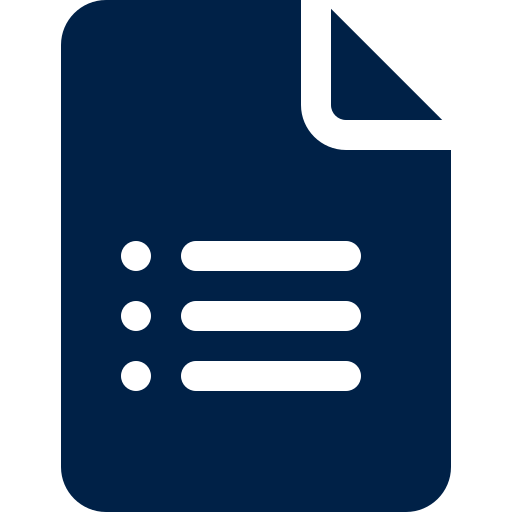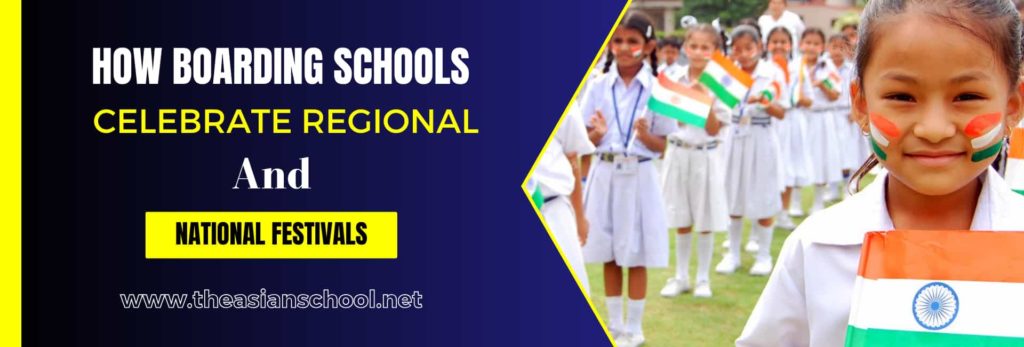A potent pedagogical strategy that centers the classroom around real-world problems is problem-based learning (PBL). Problem-based learning encourages critical thinking, teamwork, and self-directed inquiry by having students solve real-world problems.
These are 21st-century skills that are essential. Knowing how to use problem-based learning can revolutionize educational outcomes, whether you’re assessing the top Dehradun schools or looking at boarding schools in India renowned for their cutting-edge curricula.
In order to shed light on why PBL is used by the top Indian schools, let’s identify the top five problem-based learning examples and provide practical implementation strategies for schools both inside and outside of India.
- What Is Problem-Based Learning?
- Benefits of Problem-Based Learning
- Top 5 Problem-Based Learning Examples
- 1. Creating a Sustainable Urban Garden (Science, Middle School)
- 2. Revitalizing a Community Park (High School Geography & Civics)
- 3. Developing a Start‑Up Business Plan (Senior Secondary Economics)
- 4. Simulating a UN Climate Summit (Interdisciplinary)
- 5. Creating a Digital Archive of Local Oral Histories (Humanities & ICT)
- Effective Implementation Strategies
What Is Problem-Based Learning?
Fundamentally, problem based learning reverses the conventional classroom paradigm. PBL starts with an open-ended problem rather than lectures and exercises.
Students collaborate in small groups to –
- Determine what they already know and what they still need to learn.
- Doing research alone or with others.
- Utilize fresh insights to suggest solutions.
- Consider their methods and results.
This cycle of inquiry-driven learning fosters profound comprehension and reflects professional problem-solving situations. Given its importance in developing flexible, imaginative thinkers, many of the best schools in Dehradun, including The Asian School and Welham Girls’ School, have incorporated PBL modules into their science, humanities, and even artistic curricula.
Benefits of Problem-Based Learning
1. Improved Critical Thinking – Rather than learning facts by heart, students learn to evaluate complicated situations.
2. Better Collaboration – Interpersonal and communication skills are developed through group projects and discussions.
3. Self-Directed Learning – Top boarding schools in India value students who take charge of their education by recognizing their knowledge gaps.
4. Real-World Relevance – Content becomes memorable and significant when it addresses real-world situations.
5. Transferable Skills – Research, presentation, and reflection skills are applicable to a variety of subjects and potential professions.
When PBL is integrated into the curriculum, teachers at the best schools in India report higher-order thinking and increased student engagement from middle school through senior secondary.
Top 5 Problem-Based Learning Examples
Here are five notable problem based learning examples that have been applied effectively in diverse educational settings. Each demonstrates how PBL can be modified to accommodate various age groups and academics fields.
1. Creating a Sustainable Urban Garden (Science, Middle School)
Context – Students are required to develop a plan for a rooftop vegetable garden that will supply the school cafeteria with fresh produce while also conserving water and promoting local biodiversity.
Steps –
- Look into water-saving irrigation methods and local climate data.
- Determine how much space is needed to meet the weekly demand for produce.
- Find low-maintenance plant species that are appropriate for rooftop environments.
- Show a fictitious “school board” your design plans and cost analysis.
Result – Students understand design thinking, math, and ecology concepts. Similar initiatives are implemented by a number of the best schools in Dehradun, which collaborate with environmental NGOs to provide real mentoring.
2. Revitalizing a Community Park (High School Geography & Civics)
Context – A neighborhood park is in poor condition. Students take on the role of community planners and are tasked with creating a plan for outreach and restoration.
Steps –
- Survey the historical significance and needs of the neighborhood.
- Examine budgetary restrictions and land-use laws.
- Make zoning proposals for native plant gardens, playgrounds, and picnic spaces.
- Present the plan to local stakeholders and municipal officials.
Result – This project improves research, negotiating, and civic engagement abilities. In order to improve town-gown relations, boarding schools in India that emphasize community service, like those in Dehradun and elsewhere, usually use this PBL model.
3. Developing a Start‑Up Business Plan (Senior Secondary Economics)
Context – Students work in entrepreneurial teams to start small businesses that offer everything from digital services to handcrafted goods.
Steps –
- Use competitor analyses and surveys to find market gaps.
- Make operational plans, marketing strategies, and financial projections.
- Create a service mock-up or prototype.
- Address a group of former business owners.
Result – Students gain marketing savvy, financial literacy, and presentation skills. This exercise, which is widely recognized as one of the most effective problem based learning examples, is a mainstay at the top Indian schools that prioritize career readiness.
4. Simulating a UN Climate Summit (Interdisciplinary)
Context – Students pretend to be national representatives negotiating sustainable development objectives and greenhouse gas reduction targets.
Steps –
- Examine the economic characteristics and climate vulnerabilities of the designated nation.
- Draft coalition plans and position papers.
- Have debates, amendments, and voting during simulated summit sessions.
- Consider the trade-offs between policy, equity, and diplomacy.
Result – This high-impact PBL scenario combines ethics, geography, and economics. It is well-liked by boarding schools in India and international baccalaureate programs in India that want to expand their curricula.
5. Creating a Digital Archive of Local Oral Histories (Humanities & ICT)
Context – Students create a multimedia archive of folktales, songs, and personal narratives in collaboration with local elders.
Steps
- Record audio and video and conduct interviews.
- Content should be translated, transcribed, and annotated for historical accuracy.
- Create an easy-to-use app or website to house the archive.
- Press releases and community events are used to launch the archive.
Result – Students gain knowledge of digital literacy and cultural preservation by integrating technology with language arts and social studies. Progressive the best schools in India that respect both tradition and innovation embrace these examples of interdisciplinary problem-based learning.
Effective Implementation Strategies
The following best practices should be taken into account by schools to guarantee the successful integration of problem-based learning –
1. Start Small by Using Pilot Units – Before expanding, implement PBL in a single subject or grade level. Early successes boost administrative support and teacher confidence.
2. Make a Professional Development Investment – In order to manage group dynamics, create rubrics, and facilitate open-ended inquiry, teachers must receive training. Peer observations and workshops are very helpful.
3. Develop Community Collaborations – Authenticity and resources are provided through partnerships with regional companies, non-governmental organizations, and governmental bodies. For PBL initiatives, numerous boarding schools in India have signed memorandums of understanding with regional partners.
4. Balance Structure with Flexibility – Give students precise deadlines and evaluation standards, but let them choose their own research directions. Both content mastery and process skills are emphasized in effective rubrics.
5. Use Technology Wisely – Digital research, cooperation, and presentation tools can enhance learning, but they should complement human interaction and critical thinking rather than replace it.
6. Incorporate Feedback and Reflection – Projects are guided and learning is deepened through regular checkpoints where teams present their progress and get formative feedback. Metacognition is promoted by reflection journals.
7. Comply with the Curriculum Standards – Align PBL objectives with state or federal learning objectives. This guarantees that students meet the required competencies while tackling open-ended challenges.
8. Display Student Work – Public displays, online portfolios, and neighborhood gatherings honor accomplishments, inspire students, and show the school’s dedication to cutting-edge instruction.
Conclusion
The classroom is reimagined as a dynamic laboratory for solving real-world problems through problem-based learning. These top five problem-based learning examples highlight the impact and versatility of PBL, ranging from creating sustainable gardens to modeling international summits.
Any institution can become one of the best school in India with the careful application of PBL, supported by community partnerships, professional development, and a healthy mix of structure and autonomy.
The future of education is expected to be collaborative, inquiry-driven, and highly relevant to the challenges that our students will face in the future as more of the best boarding schools in Dehradun and beyond implement this model.
Also Read: How To Make Child An Active Learner














